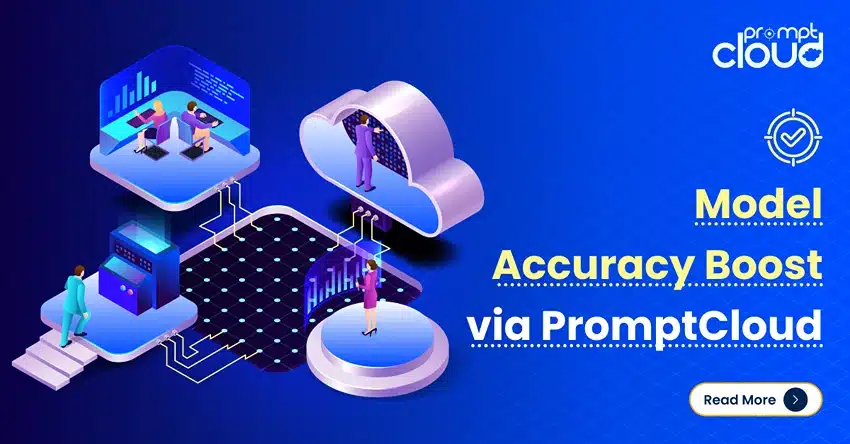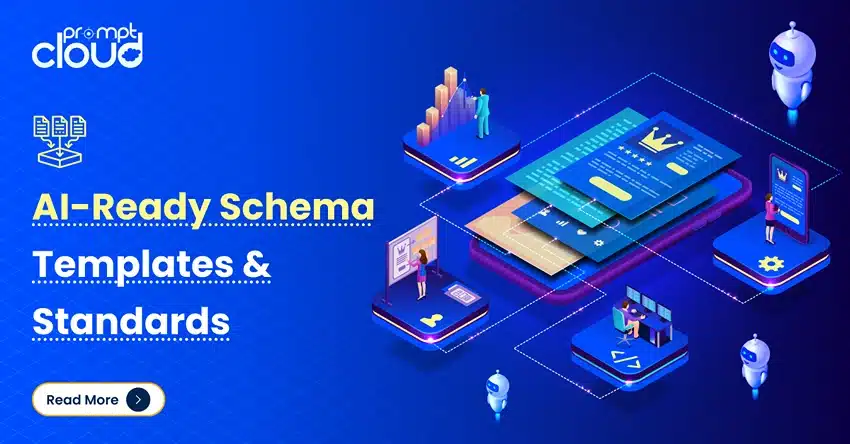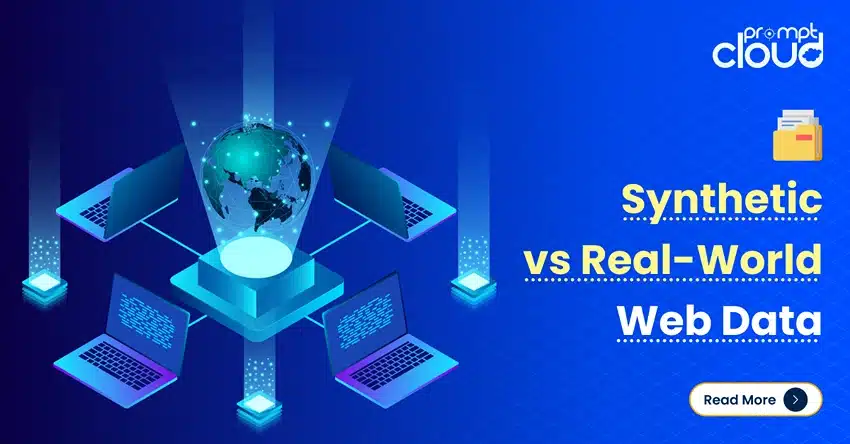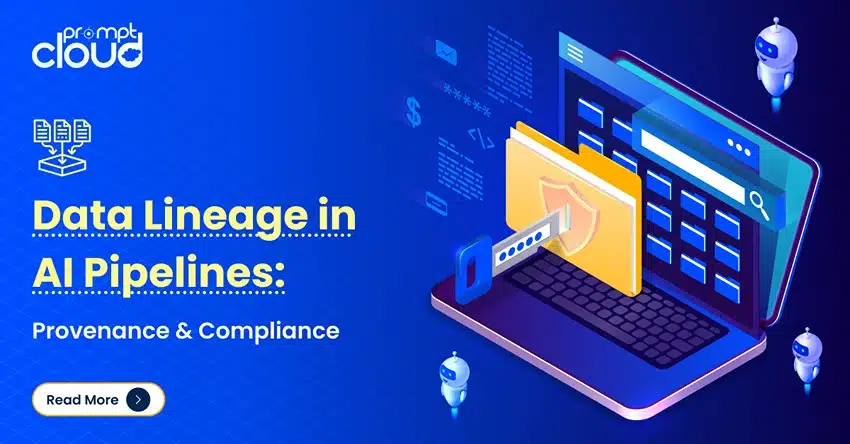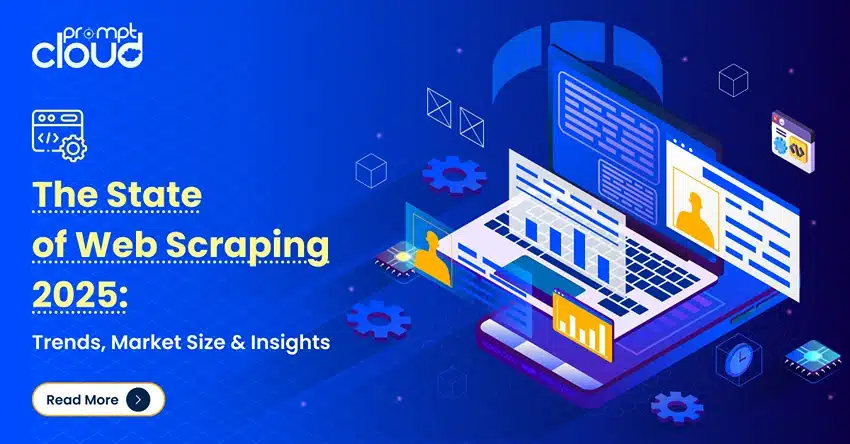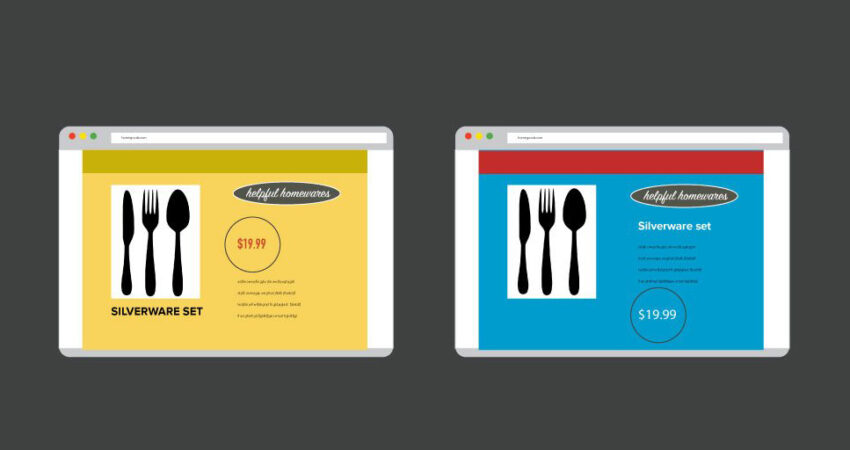
Having a business online is a great way to create a broader market for your products. However, the same extended outreach comes with an immense level of competition. There are thousands of E-commerce sites in all product sectors. Hence, a retailer needs to plan his or her pricing strategy carefully. Smart retailers find ways to analyze the prices offered by competitors to understand the overall market value and gain a competitive edge online.
Price scraping is one of the most popular trends in E-commerce to track and extract prices offered by competitors.
Underlying principles of price scraping
Online retailers leverage bots to scrape the data from competitors’ e-commerce websites. This data includes prices and product descriptions. With this high-quality data availability, retailers get to use dynamic pricing strategies to attain maximum revenue. It also helps in offering competitive pricing, which improves sales to a great extent.
Why monitoring the price is important in e-commerce
Consumers, today, get a huge number of choices when it comes to shopping online. All products are available on multiple portals, which makes the competition so high.
According to a survey, almost 87% of consumers accepted that they see prices as the top factor while shopping online.
Similarly, more than 86% of consumers compare prices on different portals before selecting one. And about 78% of shoppers choose cheaper prices over the higher ones.
So, it is clear that if your competitor is out there at better prices than you, then you can say goodbye to most of your potential customers. This is what makes price monitoring highly important for every retailer selling products online.
How to extract prices from competitors?
Here you will find all the valuable steps of gathering and using prices from your competitors:
1. Select your competition wisely
The most important step in price data extraction is to define your competition carefully. Without that, all the extracted data won’t help you in any manner.
Your competitor selection should start from the closest, then you can move to a broader market. For that, you can start by creating a list of potential e-commerce platforms that can prove to be your competition. You can include as many competitors as you think are suitable.
All the visible competitors are on your list. Now, you need to dig deeper to find ones that are not visible to your eyes. You can find more competitors by researching social media and other platforms. Use core product names and industry keywords to find out competitors.
The whole process of research will help you create a huge list of competitors. But this list also requires some editing. You need to sort the competitors according to some valuable factors such as:
· The competitors who are selling to the same market group.
· The competitors who are offering similar kinds of products.
· The competitors who are selling at prices that are close to your pricing.
With such a thorough analysis, you get close to your competitors, which will make data extraction much easier.
2. Find a reliable scraping solution
Most of the time, e-commerce sites present a huge amount of data to crunch. The complicated part is extracting this data. So, it would be wise if you choose a reliable solution for the scraping procedure. This way, you can manage the whole price extraction without any hassle. Dedicated web scraping services help you save a lot of time. They deliver accurate and effective results and also alert you about the changes in the dynamic prices.
The market is filled with DIY scraping solutions which aren’t reliable enough for critical business operations like price monitoring. So, make sure you research and evaluate enough before selecting one. Look at the features and effectiveness of the solution and pick one that matches your needs.
3. Scrape and extract the needed data
You can now apply your scraper to crawl the data of your competitors. The crawler will keep on browsing the links you provide and look for relevant data. Then, you can access all the data scrapped efficiently. The scraper will extract the data related to prices along with product catalogue, descriptions, and other valuable details. However, it is important to know that more data collection requires more time. So, you should decide your extraction wisely.
4. Format the extracted data
The extracted data will not make any sense until you format it understandably. You can do this job manually, but it will increase the scraping time to a great extent. A better alternative would be having a service that provides data formatting along with the extraction. Such solutions allow you to have a formatted list of data in CSV, JSON, or XML format. You can choose a format that makes data analysis and storage easier for you.
5. Export your data
The final and the most important part of the price extraction is the exporting process. The amount of data is going to be huge. So, you need to choose a reliable storage system. You can go with a third-party storage system to keep your data safe and secure. Another important tip would be to use a cloud service. This will allow you to access the extracted data from anywhere, anytime. However, security should be a priority when you select your storage system.
Following all the above-mentioned steps, you will conveniently gather relevant and valuable price data without spending much time.
How to use price monitoring and extraction to improve your business?
Finding, extracting, and sorting the price-related information does half of the job for you. These details and data are only valuable when you intelligently use them. Here are a few tips on effectively leveraging extracted price data.
1. Keep an eye on the industry’s dynamic price
Price scraping is a great method of monitoring the ever-changing rates in your industry. E-commerce is a dynamic way of selling products. The prices keep on changing due to various reasons. Hence, you need to pay close attention to these changes. Only then, you can beat your competition and stay on top of your game. The extracted price data will tell you about the latest prices, products, and other relevant details.
2. Know about promotions and trends
Your competitors promote their products with discounts and deals depending on the trends. The seasonal trends such as Christmas, New Year, and others is the time when you need a clear idea of what your competition is doing. So, it would be wise if you conduct new and fresh scraping to understand the latest and trending prices in your industry.
3. Decide your pricing strategy
The extracted data can help you create a sustainable price strategy from time to time. However, pricing is not that simple. You need to set specific goals and align those goals with the data you have extracted.
There are different factors you need to take care of while deciding your pricing strategy. Some of them are:
· The market you are in
· The required profit
· The prices your consumers are ready to pay
· The prices provided by manufacturers
Your job is to combine all the mentioned factors and find the right balance in your pricing strategy. You need a profit for sure, but make sure you also look at the competitors’ pricing and the maximum paying limit of the consumers. With that, you can keep the manufacturer’s price an endpoint and decide a suitable price for your products.
4. Get better deals from suppliers
The availability of industry prices enhances your negotiation capacity. You can include the available data with your own business analytics. This will give you a clear idea of the best deals you can get from your suppliers. The data will give you confidence while asking for better prices. You can present your analytics and negotiate better prices than usual from your suppliers. This way, your ability to offer competitive pricing becomes stronger.
5. Learn about the demand
The price and product catalogue offers a great deal of information related to the demands in your target market. Analyzing the prices, you can anticipate which products are most popular among the customers. Along with that, the product catalogue of your competitors will help you create your own catalogue effectively. You can add products that are in demand and attract consumers to increase sales.
Final words:
In the world of e-commerce, it is all about the numbers. Choosing the right numbers can lead your business towards maximum profits and competitive advantage. But it all comes down to your knowledge of price extraction and the ability to use them in your business. Incorporating efficiently and smartly, you can find a strong place in your market online.
So, use the right technologies and resources to gain control of your market.
That’s a wrap on this topic. Hopefully, this guide has been helpful to you. Make sure you clearly understand every point before starting with your price extraction strategy. Huge business opportunities are waiting out there for you. So, gather the information and get started!









